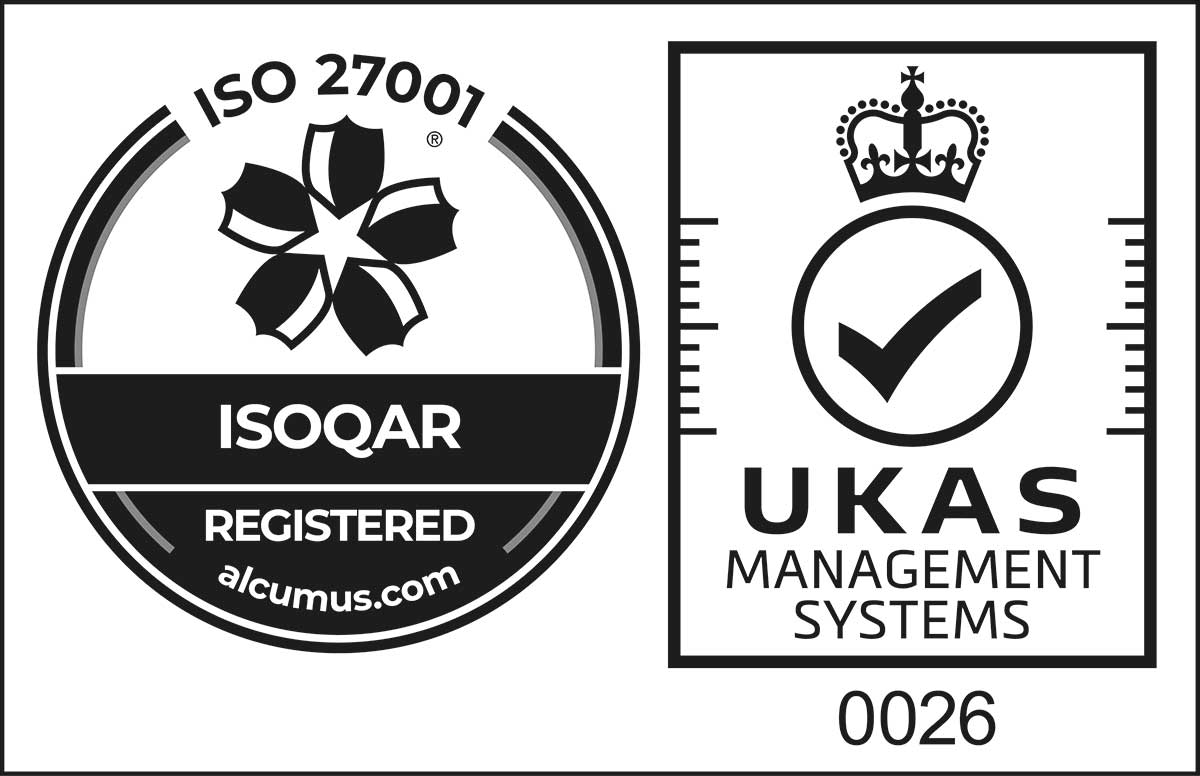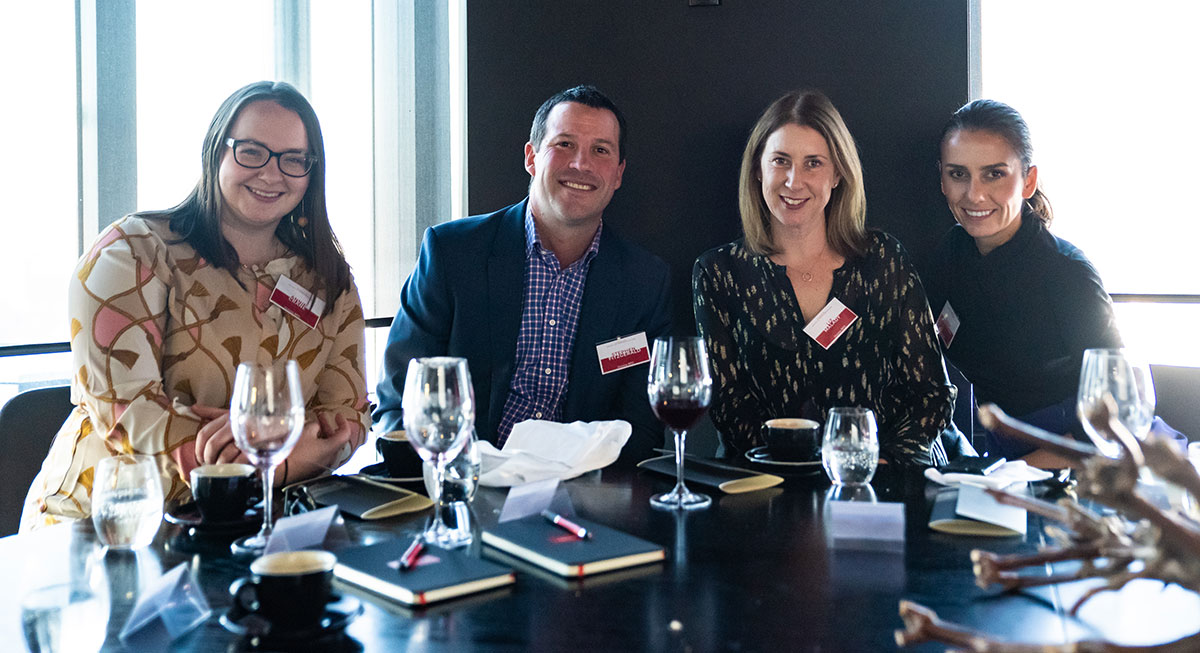We are proud to announce that the Information Security Management Systems for Hudson RPO and Coit have been certified to meet the requirements of ISO 27001:2013.
ISO 27001 is the leading international standard for information security management systems (ISMS) and one of the most important frameworks addressing cyber security. It certifies the responsible and secure handling of sensitive information at Hudson RPO and Coit, as well as reflecting the extreme importance we attach to our client’s information security.

20853 ISO 27001
As a company entrusted with significant personal data, we are constantly challenging our operating models to improve our services and ensure the highest standards of security and data protection that meet or exceed the needs and expectations of our customers, while always complying with data privacy requirements such as GDPR and other specifications and regulations.
ISO 27001 certification is the result of an enormous effort. It will provide an additional assurance to our valued customers when evaluating the quality, breadth, and strength of our security practices.
About Hudson RPO
Hudson Global, Inc. is a leading total talent solutions provider operating under the brand name Hudson RPO. We deliver innovative, customised recruitment outsourcing and total talent solutions to organisations worldwide. Through our consultative approach, we design tailored solutions to meet our clients’ strategic growth initiatives. As a trusted advisor, we meet our commitments, deliver quality and value, and strive to exceed expectations.
















